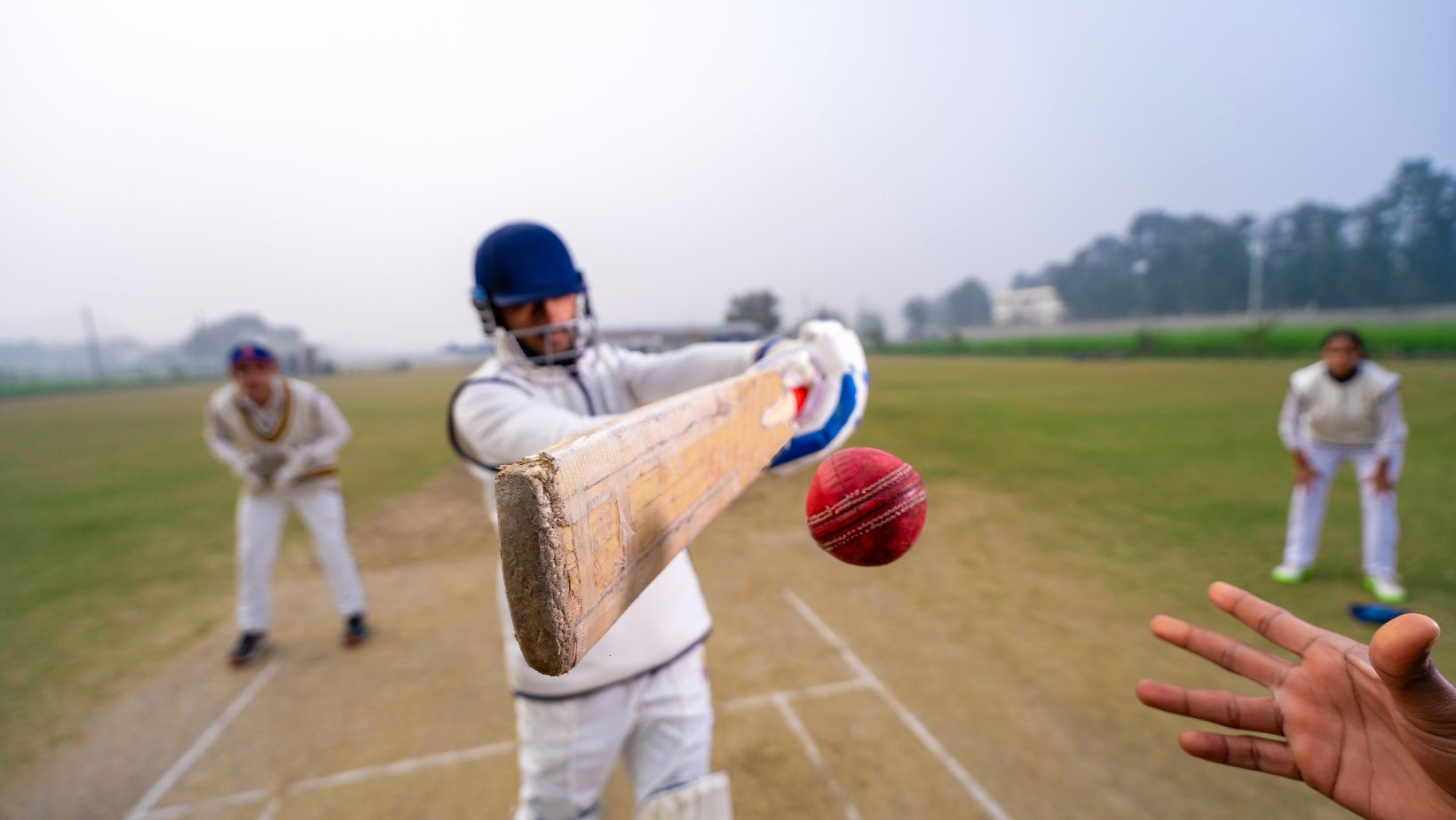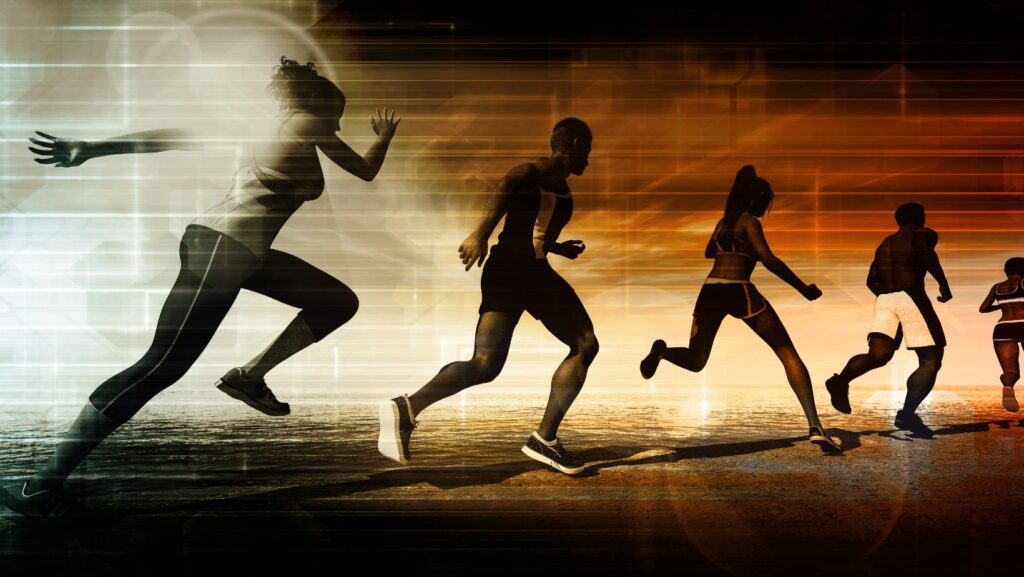In the domain of sports, precision and impartiality are of utmost importance. The responsibility of referees and officials has always been crucial, but with the advancement of technology, innovation is also needed in officiating. The introduction of AI (Artificial Intelligence) is changing how decisions are made in sports. With features such as Video Assistant Referee (VAR) systems in football and Hawk-Eye used in tennis and cricket, AI is making its way into the domain of sports officiating. AI makes decisions more accurate, thus making the game fairer. With technology like AI analyzing footage, tracking movements, and determining outcomes in real-time, there is a paradigm shift in the manner in which referees and officials make calls and, in the broader scope, the way sports are played and viewed globally.
In this article, we will analyze the particular uses of AI in officiating sports at a new level using VAR and Hawk-Eye technologies, how the governance of sports is changing due to these technologies, and how AI is changing in order to better serve decisions made by officials.

Exploring Online Cricket Betting with AI
AI’s impact has been felt in sports officiating and is gradually migrating to other industries within sports, like online cricket betting. Current AI technology is used to analyze a cricketer’s performance, right from predicting outcomes to setting odds. AI technology integrated with data analytics has caused seasons of betting to be more lively and interactive as followers of the sport, as well as the technology users, actively engage.
The application of AI and technology in betting domains aids greatly in the preservation of sports disciplines for match officials. AI monitoring makes tracking the activities and productivity of players and retards much easier, thus making detection of foul play or foul play highly achievable. This brings great assurance of transparency in the sport. Interactive gaming, betting, and enhancing the fan experience also serve on-ground enthusiasts.
The Rise of VAR and Hawk-Eye in Sports
Technologies like Hawk-Eye and VAR, which are advanced with AI, are redefining the role of officiating in sports by bringing real-time analysis into the picture. In the case of football, VAR, or Video Assistant Referee, enables on-field referees to officiate accurately by supporting them with video footage. Key moments such as goals, penalties, and offside decisions can now be replayed from several angles and with the right timing so that all the angles can show the crucial moment to aid the referee in decision-making.
Hawk-Eye was first conceptualized for tennis but is now widely employed in cricket and several other sporting activities. It uses multiple cameras along with sophisticated technologies to track the path of the ball and determine whether it has crossed the boundary line, is in a ‘center,’ has been struck by a player, or is lying idle. The reliability of this technology assists officials in eliminating errors related to precision measurements of important match moments.
The precision of AI in processing data performs wonders for referees, taking confidence in decision-making to a new height. The adoption of AI with VAR and Hawk-Eye increases accuracy, human error, and unfairness in sports officiating.
AI Technologies Used in Sports Officiating
A number of AI technologies are being put into place to improve sports refereeing by aiding officials and improving the precision of their decision-making.

Below is a chart explaining some of the most common AI technologies used in sports officiating.
| Technology | Sports | Key Features |
| VAR (Video Assistant Referee) | Football | Analyzes match footage in real-time, assists with crucial decisions such as offside, penalties, and goals |
| Hawk-Eye | Tennis, Cricket | Tracks ball trajectory, determines if a ball is in or out, and provides real-time data for officials |
| Smart Replay | Basketball, Football | AI-based replay systems that offer high-speed footage and instant decision-making support |
| Virtual Offside Line | Football | Uses AI to detect offside positions by calculating player and ball movement with pinpoint precision |
These AI-powered technologies are becoming integral to modern sports officiating, allowing officials to make decisions that are faster, more accurate, and less prone to human error. With AI’s continued advancements, it’s likely that new technologies will emerge, further enhancing the role of AI in sports officiating.
Following MelBet India for the Latest in Sports and Technology
As AI continues to revolutionize sports officiating, staying informed about the latest trends and technologies is key for fans and professionals alike. One way to keep up-to-date with developments in sports and technology is by following MelBet India on Instagram. MelBet provides regular updates on how technology is influencing sports, from officiating innovations like VAR and Hawk-Eye to advancements in sports betting and fan engagement.
By staying connected with platforms like MelBet, you can keep track of how AI is transforming not just officiating but every aspect of the sports world. Whether you’re interested in how AI affects officiating or the role of technology in sports betting, following MelBet ensures you stay at the forefront of these exciting changes.
The Future of AI in Sports Officiating
The future of AI in sports officiating looks promising, with several ongoing developments aimed at making sports more fair, accurate, and engaging. Here’s a look at how AI could continue to transform officiating in the years to come:
- Increased Automation: As AI technologies evolve, we may see more aspects of officiating becoming automated. For example, AI could be used to automatically detect fouls or violations in real-time, freeing up referees to focus on other aspects of the game.
- Enhanced Predictive Analytics: AI’s ability to predict potential outcomes could further assist referees in making real-time decisions. For instance, AI could anticipate potential incidents or plays, enabling officials to prepare and act quickly.
- Wider Adoption Across More Sports: While VAR and Hawk-Eye are already established in football and tennis, AI could expand to other sports, improving officiating in basketball, rugby, and beyond.
- Incorporating Player Feedback: Future AI systems could use data from players themselves—such as wearables—to provide even more precise information on the game, including real-time performance analysis and health monitoring.
These potential advancements demonstrate the increasing role of AI in sports officiating, where technology will continue to work alongside human referees to improve accuracy, fairness, and overall game experience.
